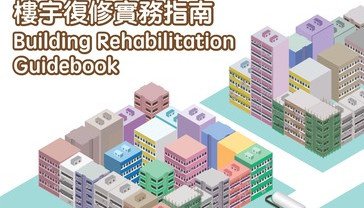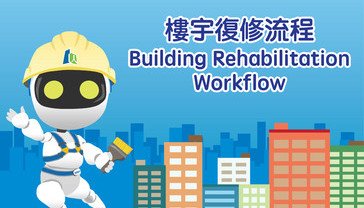Preventive maintenance is not exclusively applicable to existing buildings; it can be effectively integrated into the early stages of building design and construction by employing a "Design for Maintainability" approach. This involves evaluating the durability of building components and facilities as well as the ease of maintenance during the design and pre-construction stages, ensuring that the required maintenance throughout the building's life cycle remains economically efficient.
The building components and facilities may be more susceptible to wear and tear after completion and occupancy if developers fail to account for future maintenance needs during the design stage. Environmental constraints may also necessitate additional equipment for maintenance, increasing the difficulty of execution and leading to higher financial and manpower costs.
In promoting the concept of “Design for Maintainability”, the Urban Renewal Authority (URA) has actively taken the lead as a pioneer in the construction industry. During the design stage of the URA's self-developed project “eResidence Tower 3”, the URA enhanced the building structure through three measures: using galvanised steel reinforcement, increasing the cement ratio in concrete, and applying high-strength concrete. These measures aim to reduce the probability and severity of structural damage after the building is completed, thereby minimising the scale and frequency of required maintenance and extending the building's lifespan. The URA strives to raise design and construction standards through such practices, setting an exemplary benchmark for the industry to emulate.








